Flatbed trailers are a crucial component of the transportation industry, enabling the movement of various goods ranging from construction equipment to agricultural products. One key attribute that affects their functionality and suitability for specific loads is clearance. This article dives deep into what flatbed trailer clearance is, why it matters, the factors that influence it, and essential considerations for choosing the right trailer for your needs.
What is Flatbed Trailer Clearance?
Defining Clearance
The clearance of a flatbed trailer refers to the vertical space between the trailer bed and the ground. This measurement plays a significant role in determining how well the trailer can handle different types of loads, especially those that are oversized or require specific height clearance during transport. Proper clearance not only ensures an efficient loading and unloading process but also plays a critical role in maintaining safety on the road.
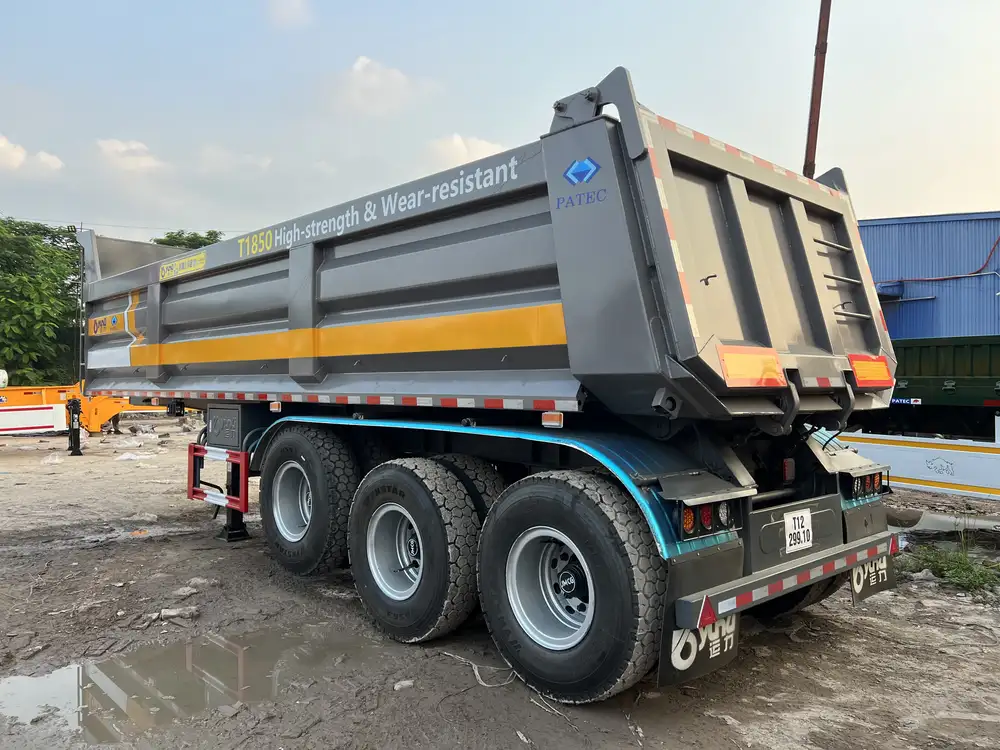
Importance of Clearance in Flatbed Trailers
1. Safety Matters
Having an adequate clearance height is paramount for safety. If the trailer’s clearance is too low, there’s a risk of bottoming out on uneven roads or during inclines, which can lead to accidents or damage to the trailer and cargo. Higher clearance can prevent scraping, ensuring that the transportation experience is smooth and secure.
2. Loading and Unloading Flexibility
Depending on the nature of the cargo, trailers with greater clearance can accommodate various loading methods. High-clearance flatbed trailers can facilitate the loading of construction equipment, large machinery, or oversized commodities without the concern of damage from low clearance.
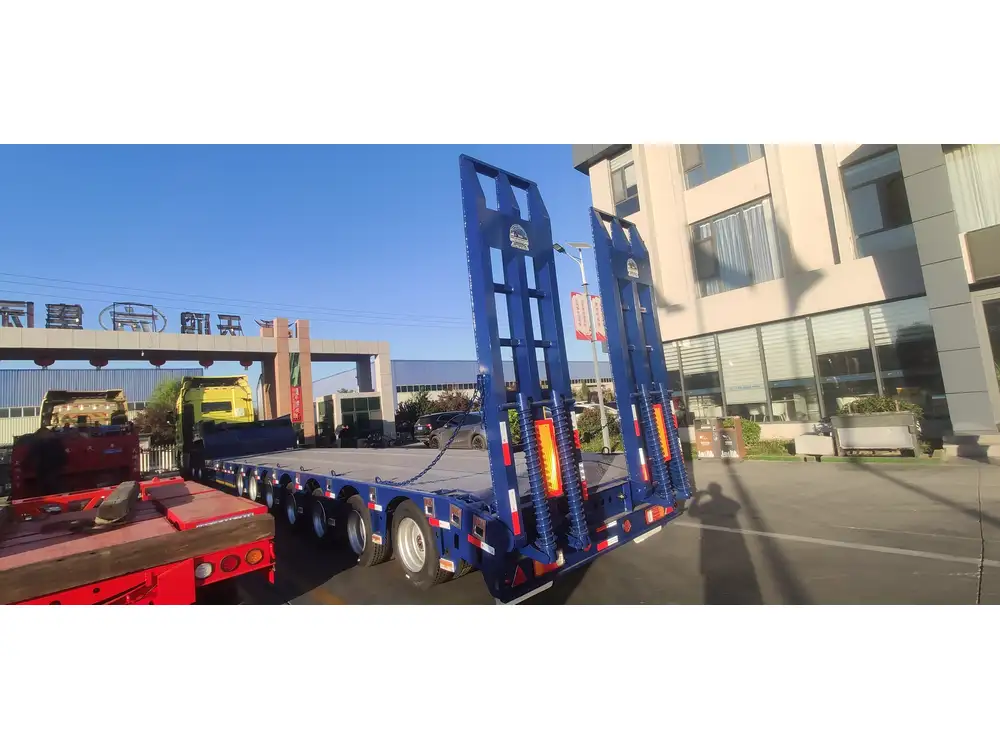
3. Navigation Through Obstacles
In navigating varied terrains, particularly in rural or construction zones, a higher clearance allows better handling of obstacles such as rocks, potholes, or uneven road surfaces. This capability minimizes the risk of getting stuck or damaging the trailer.
Factors Influencing Flatbed Trailer Clearance
1. Trailer Design
Different designs of flatbed trailers influence their overall clearance. For instance, low-profile flatbed trailers are designed for lower cargo loads, whereas standard flatbeds provide higher clearance for taller freight. Each design serves unique purposes, which can impact the choice based on the type of cargo being transported.
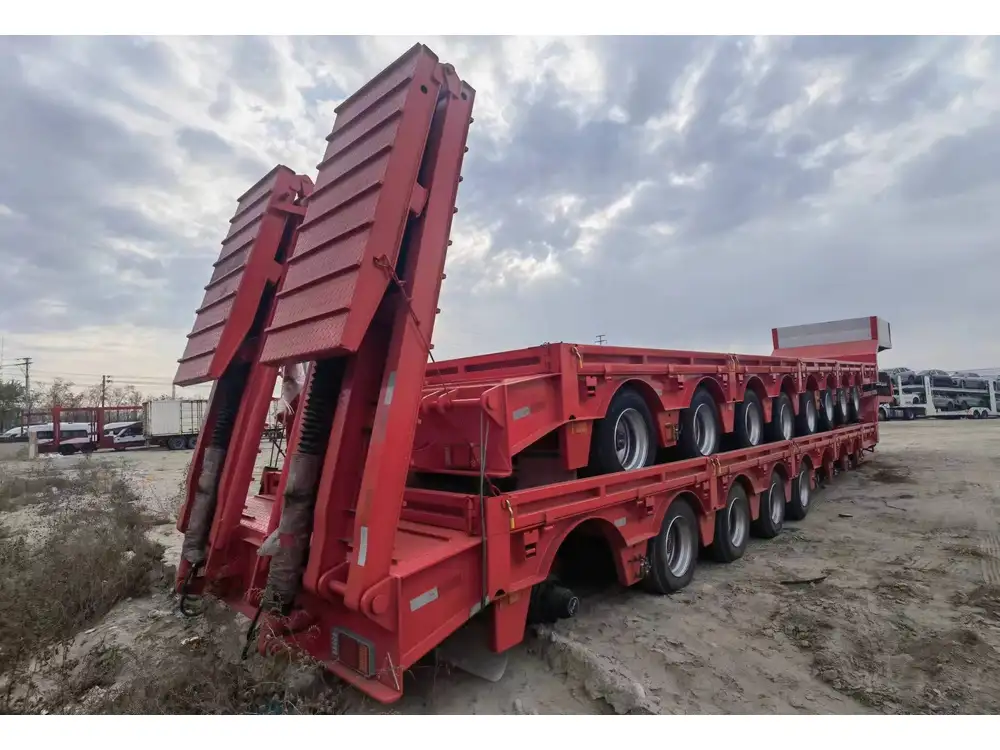
2. Suspension System
The type of suspension system an owner opts for can either enhance or reduce clearance. Air ride suspensions can be adjusted to increase clearance when necessary, providing versatility that may benefit specific loads and driving conditions. Conversely, leaf spring suspensions might not offer the same level of adjustability but can provide durability and strength for heavier loads.
3. Tires and Wheels
The tires used on a flatbed trailer also significantly affect its clearance. Larger tires can raise the height of the trailer, offering more ground clearance and enabling the transport of taller cargo. The rim size, tire tread, and overall configuration of the wheels must be considered when measuring effective clearance.
Measuring Flatbed Trailer Clearance
It’s important to have a clear understanding of how to accurately measure a flatbed trailer’s clearance. Follow these steps for precision:
Select a Flat Surface: Find a level, flat area to park your flatbed trailer to avoid variations in surface height.
Use a Measuring Tape: With a reliable measuring tape, measure from the ground to the bottom edge of the trailer bed. Ensure that the tape is straight and not angled to avoid inaccuracies.
Consider Load Variations: When measuring clearance, take into account how the load will affect the trailer. Heavy loads can compress the suspension, lowering clearance, while lighter loads might allow for increased clearance.
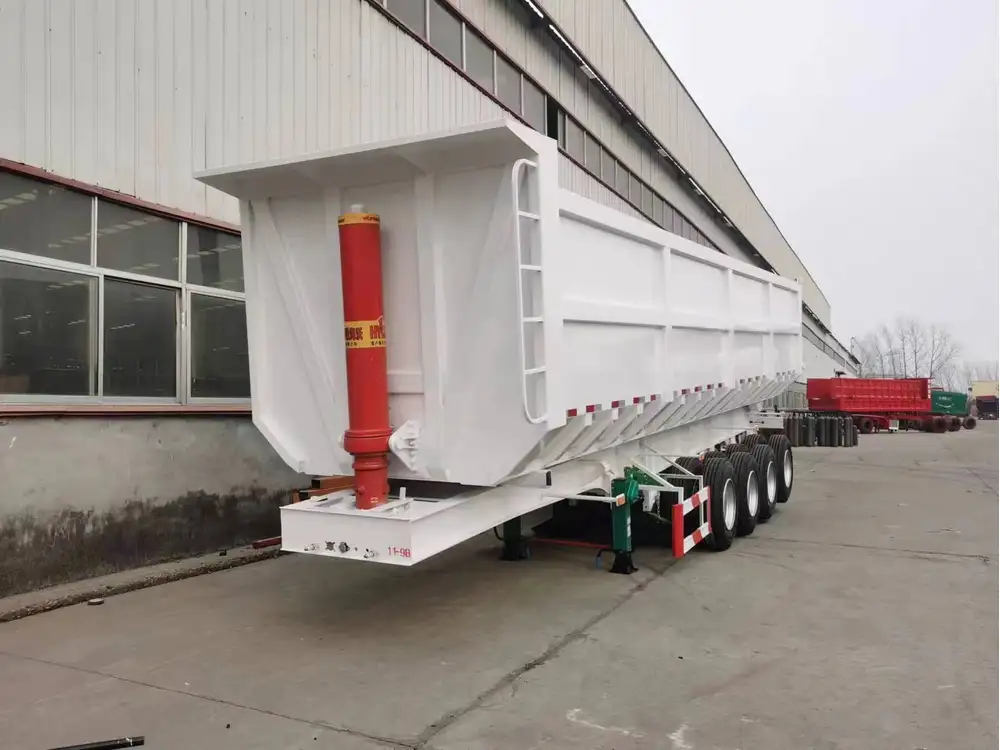
Types of Flatbed Trailers Based on Clearance
Different types of flatbed trailers serve various purposes and offer distinct clearance options:
| Type of Flatbed Trailer | Clearance Height | Use Case |
|---|---|---|
| Standard Flatbed | 48-58 inches | General freight transport |
| Lowboy Trailer | 18-22 inches | Hauling heavy machinery, oversized loads |
| Step Deck Trailer | 34-44 inches | Allows higher loads with a lower deck for better aerodynamics |
| Conventional Flatbed | 47-53 inches | Commonly used for different cargo types |
Considerations When Choosing a Flatbed Trailer
1. Load Capacity
Evaluate the maximum load your flatbed trailer can handle. The weight and dimensions of the cargo will heavily influence the type of trailer you should choose. Pay special attention to the clearance in relation to the maximum load capacity; ensure that heavier items do not hinder safety due to inadequate clearance.
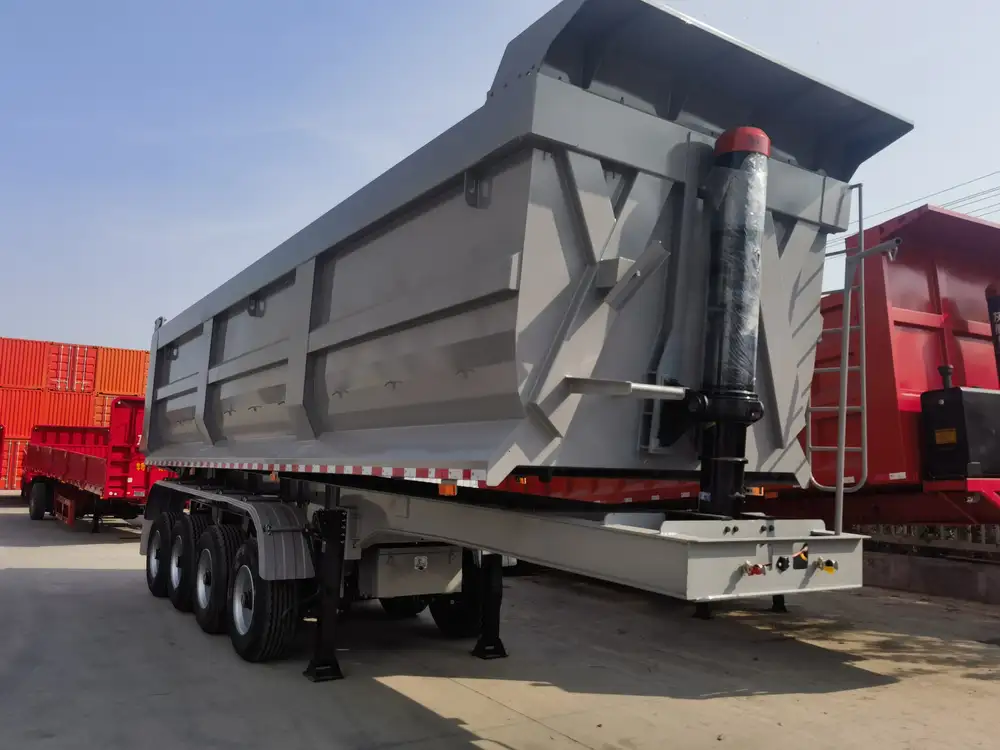
2. Frequency of Use
If your business frequently handles oversized or high-clearance loads, investing in a trailer that offers adjustable height or higher clearance options can be beneficial. This flexibility allows you to adapt to various cargo demands without risking safety or efficiency.
3. Legal Regulations
Different regions have specific regulations regarding height and load limits on highways and roads. Familiarize yourself with local laws regarding trailer clearance to ensure compliance and avoid fines. Consider consulting local transportation authorities or reviewing state transportation department regulations regarding flatbed trailers.
4. Terrain Considerations
Understand the types of terrain your trailer will frequently navigate. If your routes include rural, uneven, or off-road pathways, a higher clearance trailer will likely prove more advantageous, allowing for greater mobility and reducing risks of damage.
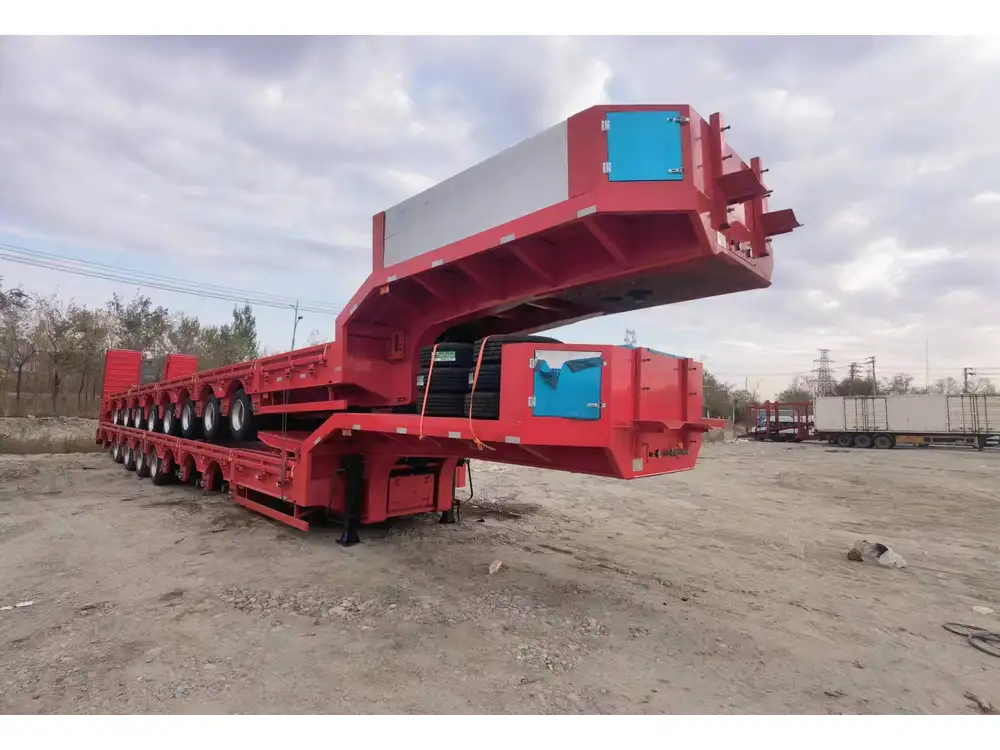
Enhancing Your Flatbed Trailer’s Performance
1. Upgrading Suspension
Consider incorporating an adjustable air suspension system, which can provide additional clearance flexibility. This modification allows drivers to raise the trailer when facing obstacles and lower it during loading or unloading to enhance stability.
2. Wheel and Tire Selection
Select the right tires that align with both the intended loading capacity and desired clearance. Higher-profile tires can elevate the trailer height, contributing to increased clearance while adhering to weight restrictions.

3. Regular Maintenance Checks
A well-maintained trailer is crucial in preserving its clearance and overall safety. Regularly inspect the suspension, tires, and body of the trailer for wear and tear, ensuring everything adheres to manufacturer specifications for optimal performance.
Common Misconceptions About Flatbed Trailer Clearance
1. Higher Clearance is Always Better
While higher clearance can be beneficial, it isn’t always the optimal choice. Overly high trailers can become unstable during transport, particularly in high winds. Thus, striking a balance between safety and functionality is key.

2. All Flatbed Trailers Have Similar Clearance
This misconception can lead to improper trailer selection. As detailed earlier, flatbed trailers come in various designs, and each type possesses unique clearance specifications. Always verify the exact measurements and specifications to ensure suitability for your needs.
Conclusion: Making the Right Choice
Deciding on the right flatbed trailer isn’t merely about picking one that looks good or seems popular; it hinges on understanding the complexities of clearance. From the type of cargo you frequently handle to the terrains you encounter, clearance plays an influential role in maintaining safety, efficiency, and compliance with regulations. By recognizing its importance and considering various design aspects, you can make an informed decision that benefits your transportation operations considerably.
Whether you’re a seasoned truck fleet operator or a new venture just starting, understanding flatbed trailer clearance ensures that you can optimize your trailer selection and ultimately lead your logistics to success.



